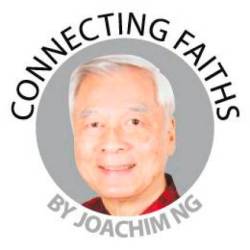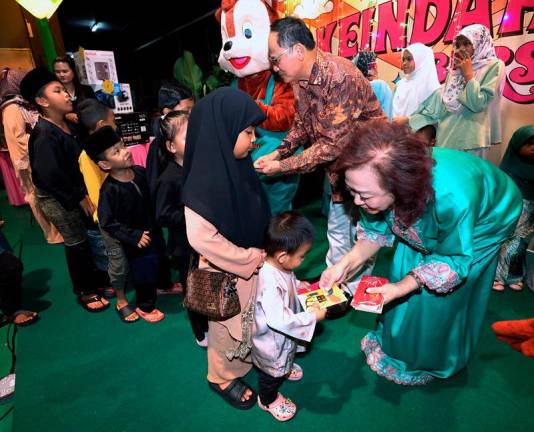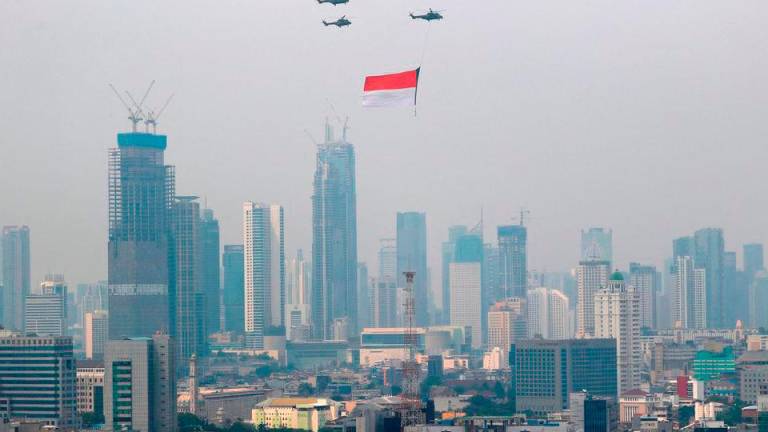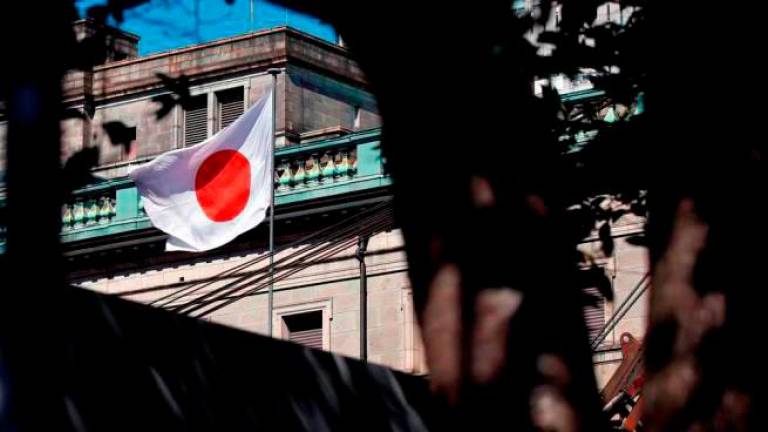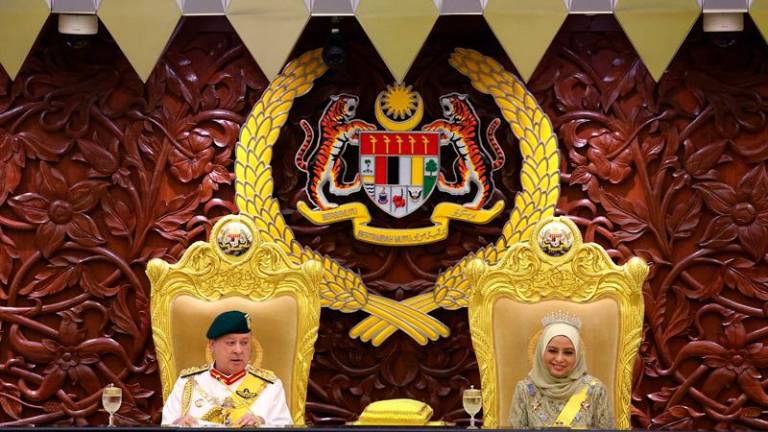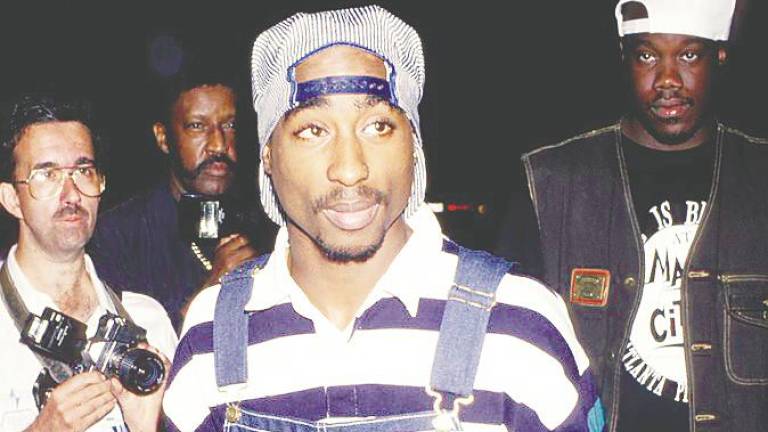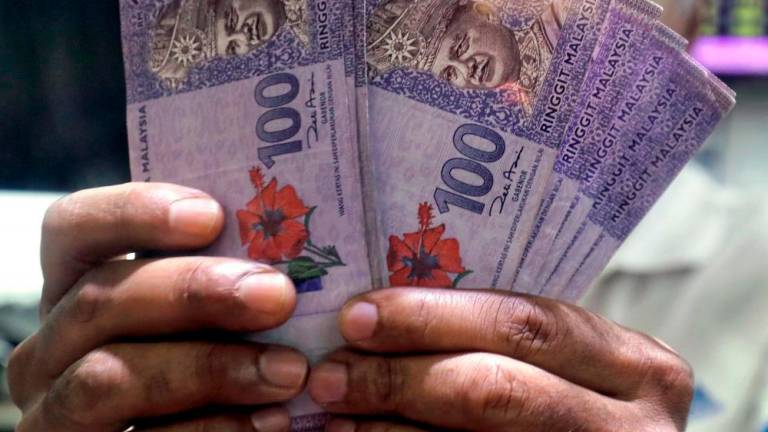SOME confusion exists over the term “secular” and whether Malaysia is a secular state. Prime Minister Datuk Seri Anwar Ibrahim recently mentioned the need for this term to be properly understood to prevent a disconnect between various segments of society.
Persons with a strictly religious upbringing take secularism to be anti-religion because secularists tend to favour the limiting of religious influence to personal matters, while the religiously-inclined masses want religious laws to form the bedrock of society and government.
Answering a question at the International Malaysia Law Conference 2023 on July 10, the prime minister took a wise line in asserting that while the nation has secular elements, religious values must be embedded inside the system.
He declared that secularism which completely cuts off and separates religion and state is not acceptable to Malaysia.
As religion is embedded in the Federal Constitution it is “unacceptable” for Malaysia to adopt “laïcité” (state) secularism which completely dissociates the state from religion, said the prime minister.
However, he said, this does not mean that Malaysia is a theocratic state where Islamic laws are applied across the board, including to non-Muslims.
Political party MCA issued a statement the next day voicing its understanding that Malaysia is a democratic and secular state with Islam as the official religion.
“Islam is enshrined in Article 3 of the Federal Constitution, which is itself a secular document and forms the foundation of our nation,” said the MCA.
Any strict demarcation of the sacred from the secular is actually misleading as nowhere in the world is there a completely secular nation if that word means a society without any element of religion embedded in it.
The English word “secular” is derived from the Latin “saeculum” and designates the temporal world.
The word came to mean “non-religious” only in the last 400 years.
For half a million years before that, the sacred and secular were not regarded as opposing concepts but were deemed to be two sides of the same coin. Existence was a blend of the spiritual and the temporal as they were interwoven.
For the first half million years of human existence, each hunter-gatherer tribal society comprised at most only 500 individuals and the norm then was a spirituality-inspired indigenous governance system based on veneration of nature as a manifestation of the divine.
Theocracy as a form of government arose during the formative or childhood stage of civilisation 7,000 years ago, when it was imperative that laws be handed down from the top and obeyed without question to enable a mass society comprising thousands or millions of people to function.
All nations that can trace their roots back to the medieval period have retained a few symbols of theocracy, just as we take some treasured childhood items into adult life.
In Britain, the king is the head of the church and bishops sit in the House of Lords to play an active role in legislation.
As The Economist commented in its April 23, 2022, weekly issue, “The country is, after all, a form of theocracy.”
In China, religious ceremonies and rituals continue to be regularly conducted.
The most visited cultural site is the Forbidden City, a divine place in the heart of Beijing.
Utmost care has been taken to preserve its architecture which depicts the cosmic order that Confucianism teaches.
India’s Prime Minister Narendra Modi opened the country’s new Parliament building on May 28 with a puja ritual and installation of a golden sceptre symbolising Hindu ideas of good governance.
Politics and religion were intertwined in the days of theocracy because there was no science and technology upon which to base the laws for governing society.
An example of the irrelevance of theocracy in modern times was the acceptance of slavery by all theocratic governments of the past.
Feudal economies performed best with slaves providing free labour, hence, all scriptures took the contextual position of tolerance and avoided preaching the abolishment of slavery.
Modern economies driven by science and technology do not require slave labour and hence the secularist Abraham Lincoln initiated the global movement to crush slavery.
When you know that the sacred and the secular are two sides of the same coin, you will know why a secularist president could destroy an institution that had enjoyed religious protection.
Secularism, properly understood, isn’t anti-religion. Secularism places the responsibility of governance and law-making in the hands of people and humans are said by scripture to be empowered as stewards of the Earth.
Secular governance with a sprinkling of religious elements restores to some degree the tribal practice of spirituality-inspired indigenous governance.
Religious ceremonies in society and government will continue to enjoy broad acceptance because they provide value and stability by encouraging a sense of togetherness that builds team spirit.
The bonding effect of rituals and ceremonies is, in fact, one of the main purposes of religion and culture.
Last February, Hindus celebrated Thaipusam and thousands witnessed the carrying of kavadis.
What they may not have observed is that devotees fast up to 48 days or more and they eat vegetarian meals when breaking fast.
It is excellent for their health and internal body cleansing.
Last April, the Chinese community celebrated Qingming Festival by cleaning the burial sites of their ancestors.
This ceremony is a reunion of clan relatives and they later enjoy a restaurant meal together at which they recollect the sacrifices of the ancestors. It is a reminder to do good.
However, adaptation of ritual practices to suit present-day requirements is a necessity that few authorities have thought about.
Take the Chinese Hungry Ghosts Festival as an instance.
Food offerings are made to long-departed ancestors at roadsides. The reason is historical.
The forefathers of Malaysian Chinese migrated here to work as tin miners, rubber tappers, coolies or indentured workers.
Mortality was high, with many dying in the open from sicknesses or lack of food at a young age.
Hence, food offerings are made on roadsides.
The ritual ought now to be observed in restricted compounds, as roadsides present hazards to devotees as well as road users.
The Hindu caste system was forged a few thousand years ago, to ensure that all jobs, including the dirty and dangerous, would be taken up to maintain a flourishing economy.
Under the caste system, no sector would ever be short of manpower as people were born into specified economic roles.
In modern times, caste boundaries should not be maintained rigidly as high walls of permanent demarcation.
Last year, a Tamil newspaper reported that a man in New Delhi killed his daughter because she had married a boy from a different caste. Ancient practices need updating.
Several religions practise animal sacrifice and the consumption of sacrificial meat as part of a celebration or commemoration.
The slaughter may be performed as a communal ritual and the meat shared.
Plastic bags have long been used in the meat distribution.
Since 2015, Indonesia’s Environment and Forestry Ministry has campaigned for the replacement of plastic bags with eco-friendly packaging materials.
Jati, waru, nyangku, banana and coconut leaves which can decompose easily have been suggested.
This is a good step forward in ritual updating to suit new imperatives.
The writer champions interfaith harmony. Comments: letters@thesundaily.com



